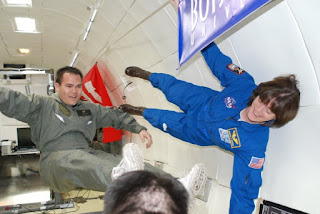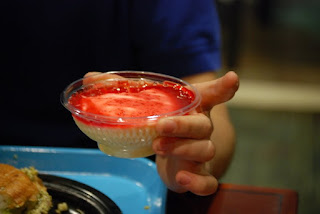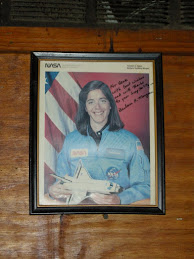 When I first stepped on to the plane this morning I was struck with a sense of awe. All of the hard work it took to get this far has finally paid off.
When I first stepped on to the plane this morning I was struck with a sense of awe. All of the hard work it took to get this far has finally paid off.The first parabola was very memorable. First there was a 2g pull-up and it felt like I was lifting dumbells with no dumbells and I could feel my face being pulled down towards the floor of the plane. After about 20 seconds of that the plane gently nosed over and I just barley nudged my foot and suddenly I was floating upwards towards the ceiling! I wasn't expecting the lunar parabola to feel so light, I seriously thought we were in Zero-G already. The feeling was surreal and I don't have many words to describe it. It was as if I were falling upwards and everything was in slow-motion.

The rest of the parabolas were fun and I didn't feel sick at all. I remembered what they said about keeping your head straight during the 2g portions, that helped a ton.
When we got to the Zero-G parabolas I was already used to the previous 28 lunar Gs and the experience was just incredible, as soon as the plane nosed over I saw the G meter in the back drop to near 0 and suddenly everything was floating. One thing I remember clearly was a pair of orange ear plugs floating by me about 2 feet of the ground, that was crazy!
The last parabola was the most fun, I was honored to have Barbara Morgan spin me around after I curled up into a ball. It was so strange flipping without having any blood rush to my head and I was quickly disorientated. Then just as soon as it came it was gone and there was applause and laughter.
One thing that I realized from this whole experience is that you can do anything you set your mind to. Making goals is one thing, finishing them is another. I've never felt anything like this in my life and the memories will last for a very long time. I hope that more people get to partake in such an awesome experience.





















































